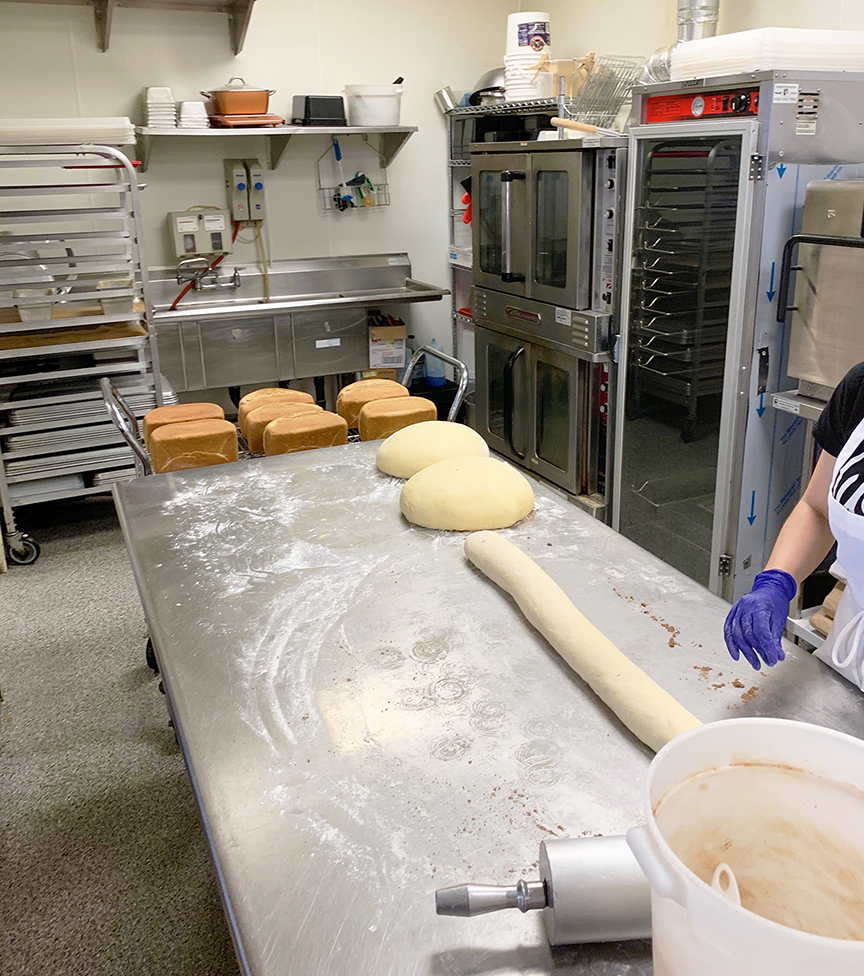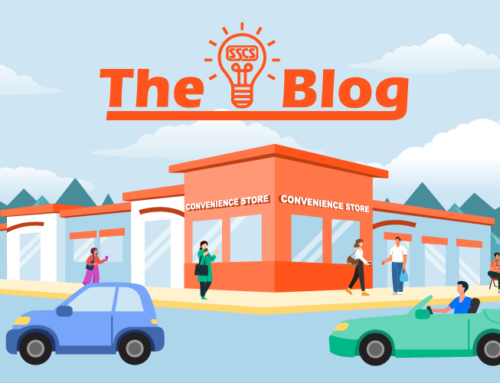
The Dug Out, Part 1
For years the Dug Out sustained high sales volume without computerizing. When business continued to increase, they turned to SSCS Technology.
Underdeveloped Potential
Want an example of how technology can transform a convenience store? Look no further than the Dug Out, a single site, family-owned store in Spanish Fork, nestled in the Utah Valley between Utah Lake and the majestic Wasatch Range.

A retail institution to residents of this compact, friendly city of 30,000, the Dug Out is a bustling enterprise just off Main Street at the southern end of town. The site sells Texaco branded fuel, incorporates a Wendy’s quick serve restaurant, and, as we will soon see, provides much more. In fact, business volume is so robust that it’s hard to picture the operation functioning without any computerization.
Yet for close to eight years, that’s exactly what it did.
At the turn of the present decade, the busy corner on which the Dug Out stands looked much different. It was an underdeveloped parcel in the commercial sense of the word featuring a pair of rental houses, a ton of untapped potential, and not much else.
Location, Location, Location
Enter the Barney family, owners of the aforementioned properties. Increasingly dissatisfied with their rental assets’ return on investment, they began to investigate more fruitful possibilities that would take advantage of The Dug Out’s greatest asset: location.
Just off the main Spanish Fork north-south traffic artery, and adjacent to a park with a sizeable sporting multiplex (with baseball, soccer, and football fields as well as tennis courts), the lot was also close to the county fairgrounds and three schools. It provided the best of both worlds: consistent drive-by commuter traffic combined with a neighborhood of residents looking for a place to gather for a little food and cordial interaction with their neighbors.

“From the beginning we could tell, from a retail perspective, that this suburban, semi-rural market was underserved,” recalls Austin Barney, who has taken a leadership role in managing the store on behalf of his family. “Given the traffic flow in the area, getting into the petroleum retailing business seemed to make sense.”
Beyond Snacks, Gas, and Clean Cars
The Barneys agreed to have the existing structures torn down and replaced them with a gas station and car wash. This inaugural version of the business opened in February, 2011 and it became evident almost from the start that the business was destined to evolve beyond snacks, gas, and clean cars.
“We understood that convenience stores and gas stations went together and that what sold inside a fully-stocked, well-run convenience store would likely result in profits beyond what we were achieving without one,” explains Austin. “We talked to other convenience store owners, read industry information, and performed other due diligence to build our understanding of the business.”
The Barneys’ research paid off. They established a convenience store strategy for the modern market, with Food Service as its centerpiece. Staff prepares a host of items made right on the premises. The quality and variety of what’s offered has allowed the Dug Out to become a destination store for locals. “There weren’t many casual dining locations in the area and food service looked like a way to build in return customers,” notes Austin. “It’s a big part of what makes the Dug Out unique. We even have our own bakery.”

Food service highlights include gargantuan fresh baked bread, cinnamon rolls, homemade biscuits and gravy, hand crafted strawberry pie minis, and made-to-order sandwiches. There’s also pizza and a salad bar.
The organization was also good at providing ordering options, a variety of promotions, and actively gave back to the community, supporting youth sports and the working with Spanish Fork Chamber of Commerce, which ultimately resulted in the store winning the Business of the Month last year. The store looked to be in very good shape, indeed.
The Missing Piece
With most of the Dug Out’s implementations working well, sales volume increased, meaning sales transactions, inventory item movement, vendor contracts, and all the rest that goes along with a growing, successful business also increased. It sounds like an ideal situation, and in many ways it was, but the complexity of growth exposed a missing piece in the Dug Out’s strategy, and it was a critical one.
They hadn’t computerized.

“Any time a collection of people is involved in a decision you get differing viewpoints, and one that prevailed was that we could move the store forward without technology,” admits Austin. “Business looked so good on the surface that we didn’t notice any issues at first, but with more activity we realized how inexperienced we were in managing inventory and the accounting process. Spreadsheets didn’t cut it anymore. We didn’t realize the negative effect our growth was having on our profit and loss statement—we didn’t have a statement, really—until it was almost too late.”
Fortunately, the Barneys discovered the thinness of the margins on which their business was skating and, led by Austin, began the search for a technology partner that could help them get back on track. Ultimately they chose SSCS Technology.
The store would never be the same.
Click here to continue to Part 2 of this story, a detailed look at SSCS Technology’s impact on the Dug Out.






Leave A Comment